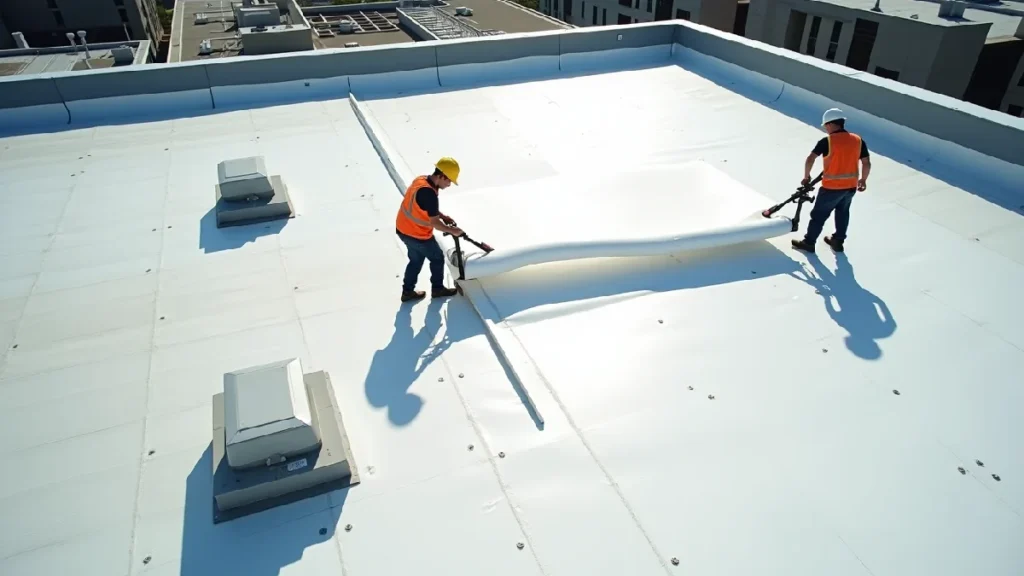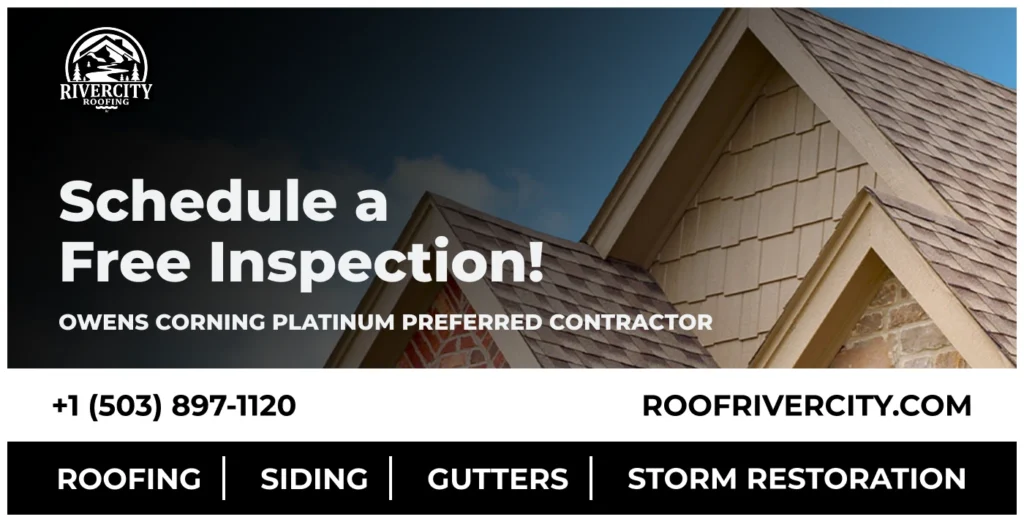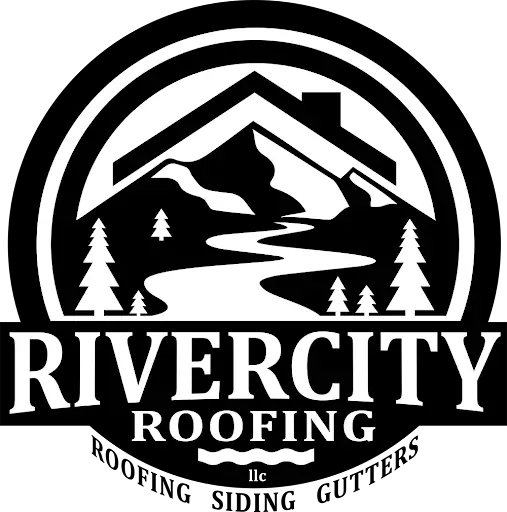PVC roofs have demonstrated their reliability for more than 60 years. TPO, the newer option, has been in the market for 30 years. Both roofing systems surpass the typical commercial roof lifespan of 17 years. TPO roofs last between 15-30 years, while PVC roofs maintain their integrity for 20-30 years. TPO installation costs less, ranging from $4.50-$16 per square foot. PVC installation prices run slightly higher at $5-$15 per square foot. These systems excel in different areas. TPO stands out with its energy efficiency and heat reflection capabilities. PVC shines through its exceptional resistance to extreme weather and physical damage. In this PVC vs TPO Roofing blog will help you determine which roofing system makes the better long-term investment based on your requirements.
PVC vs TPO Roofing Systems: Basic Differences
TPO and PVC are single-ply roofing membranes that people commonly use for commercial buildings. These materials have key differences that affect their performance and how long they last. You’ll make better roofing decisions by knowing what sets them apart.
Material Composition and Properties
TPO and PVC have completely different chemical structures. TPO’s (Thermoplastic Polyolefin) makeup includes polypropylene and ethylene-propylene rubber, with polyester mat reinforcement. TPO also contains UV inhibitors, pigments, flame retardants, and biocides that fight off mold, bacteria, and pests. PVC (Polyvinyl Chloride) is made from ethylene and chlorine. Its membrane has two PVC layers and a polyester reinforcement scrim sits between them.
These chemical differences create distinct performance characteristics. PVC resists chemicals better, especially grease and animal fats, which makes it perfect for restaurants and buildings with hood vents. PVC’s fire resistance stands out – most PVC membranes can put themselves out. TPO needs extra fire retardants to match these fire ratings. TPO’s strength lies in its better tear resistance and cold weather performance.
Visual and Physical Characteristics
TPO and PVC look very much alike. White is their main color, though you can get them in gray and tan. Their white surface reflects heat and helps buildings save energy. You can find these membranes in similar thicknesses, and TPO comes in 45, 50, 60, or 80 mil options.
Physical differences show up during installation and use. TPO rolls measure 6-16 feet wide and run 50 or 100 feet long. Both materials need heat-welded seams for waterproofing. PVC’s added plasticizers make it more flexible and easier to install. PVC’s pre-fabrication options for specific buildings mean fewer seams and less chance of failure.
Wet conditions make both systems slippery. Some manufacturers add ribs to PVC’s seams to create a standing seam roof look at lower costs. TPO’s stiffness can make installation tricky, especially on buildings that have lots of joints or complex designs.
Free Roof Inspections. Fast. Reliable.
Is your roof ready to weather the storm? Dont risk property damage. Our free roof inspections provide expert analysis to identify potential issues before they become costly problems.
Cost Analysis: Initial Investment vs Lifetime Value
When you look at what TPO and PVC roofing systems cost, there are big differences between what you pay now and what you get over time.
TPO vs PVC Roofing Cost Breakdown
TPO costs less to install right away. You’ll pay between $5.00-$14.00 per square foot for TPO roofing. PVC costs a bit more at $7.00-$15.00 per square foot. Several things can change these prices beyond just materials:
- Color selection: Black TPO costs more than white but helps trap heat in cold climates
- Quality grade: Both systems come in different grades (7-year, 15-year, 30-year) that change the price
- Installation method: Welded seams last longer and are stronger than nailed or sealed ones, which changes both cost and durability
Long-term ROI Comparison
TPO might look cheaper at first, but the whole story changes when you look at lifetime costs. RS Means data shows PVC roofs last 35+ years while TPO lasts about 20 years. This makes PVC the better deal over time.
PVC membranes and adhesives have gotten better lately, which has brought down installation costs. PVC’s better resistance to chemicals and fire often makes it worth paying more upfront for certain projects.
TPO keeps changing its formula (it’s now in its 2nd-4th generation depending who makes it), so we can’t predict how long it will last as well as we can with PVC’s 30-year old track record.

Warranty Coverage Differences
Warranties play a huge role in what these systems are worth long-term. TPO usually comes with 20-year warranties, while PVC typically gets 25 years. In spite of that, manufacturers offer more coverage options:
- Premium materials from both systems can get up to 30-year warranties
- Good contractors match their labor warranties to manufacturer timeframes if you maintain yearly
- You’ll need to get yearly inspections on paper to keep your warranty valid
The best roof for your budget isn’t always the cheapest one today. It’s the one that costs you least per year when you add up installation and maintenance costs, then divide by how long it lasts.
Must Read: Types of Roofs on Commercial Buildings: Pros and Cons
Performance in Different Climate Conditions
Weather patterns play a big role in how roofing systems hold up over time. Your building’s year-round weather patterns will likely determine whether TPO or PVC roofing works better for you.
Hot Climate Performance
TPO roofing works great in sunny areas thanks to its reflective qualities. White TPO membranes bounce back up to 87% of UV rays, which helps cut down heat absorption and cooling costs. The U.S. Department of Energy recognizes TPO as a “cool roof” option because of this reflectivity. UltraPly™ and other TPO products go beyond EPA’s Energy Star® requirements and meet California’s Title 24 Energy Efficiency Building Standards.
TPO isn’t perfect though. It can run into trouble in very hot weather. One of the most common problems shows up when TPO fails in hot climates where UV exposure is high. Buildings in areas with long stretches of high temperatures might want to look at other options.
PVC roofing handles UV rays really well. While older PVC versions weren’t as reflective as TPO, newer PVC formulas can match TPO’s heat reflection abilities. This makes PVC a solid choice for hot climates too.
Cold Weather Durability
TPO stays flexible even as temperatures drop. Some TPO membranes work fine even at -50°F without cracking. UltraPly™ TPO S.A. can be installed in temperatures as low as 20°F (-7°C), which lets contractors work longer into the cold season.
PVC doesn’t do as well in cold weather. It can actually shatter like dropped glass in really cold temperatures. Most experts say you shouldn’t install PVC when temperatures regularly drop below 45°F.
Coastal and High-Humidity Environments
PVC roofing really shines on coastal buildings because it stands up well to saltwater, UV rays, and chemicals. This means coastal properties spend less on maintenance while getting better protection.
Both types of roofs can handle strong winds – they’ll stand up to Category 3 hurricanes with speeds between 110-130 mph. PVC’s rigid structure gives it an edge in areas that get hit by extreme storms or hurricanes because it handles flying debris better.
Building-Specific Considerations for Material Selection
Different commercial buildings need specific roofing systems that affect the choice between TPO and PVC. These requirements help select the best membrane that ensures your facility’s longevity and performance.
Restaurant and Food Service Applications
PVC roofing proves the best choice for restaurants and food service buildings. Restaurant roofs face constant exposure to grease, fatty oils, and animal fats through hood vents and exhaust systems. Multiple roofing experts confirm that PVC membranes resist these substances well, while TPO breaks down when exposed to them. Roofing professionals see TPO degradation patterns around vent penetrations in food service settings.
PVC’s chemical makeup of ethylene and chlorine naturally resists kitchen exhaust contaminants. This quality makes PVC the go-to recommendation for fast food restaurants and buildings with grease-producing hood vents. Restaurant owners who need lasting protection find PVC roofing the best performer in these grease-heavy environments.
Manufacturing and Industrial Buildings
Chemical exposure emerges as the biggest concern for manufacturing facilities’ roofing systems. Industrial buildings release various pollutants onto the roof surface, including exhaust fumes, acids, and other aggressive agents. Airport facilities also expose roofing materials to jet fuel contamination.
PVC roofing handles these challenging environments well due to its resistance to industrial chemicals. PVC roofs also provide the best fire resistance among single-ply membranes, which makes them perfect for manufacturing operations with high fire risks.
Office and Retail Structures
Standard office buildings and retail spaces without special chemical needs can use both PVC and TPO roofing systems. These applications focus more on affordability and energy efficiency.
TPO roofing costs less at the start, which appeals to budget-conscious office and retail projects. The UltraPly™ TPO S.A. membrane shows excellent puncture resistance and performs three times better than the ASTM international standard for weathering resistance.
Office buildings that need quick installation with minimal disruption might prefer TPO options. Some varieties install faster without disturbing business operations.

Comparison Table
| Characteristic | PVC Roofing | TPO Roofing |
|---|---|---|
| Properties | ||
| Material Composition | Ethylene and chlorine with polyester reinforcement | Polypropylene and ethylene-propylene rubber |
| Market Experience | 60+ years | 30 years |
| Standard Width | Not specified | 6-16 feet |
| Cost & Longevity | ||
| Installation Cost | $7.00-$15.00 per sq ft | $5.00-$14.00 per sq ft |
| Lifespan | 20-30 years | 15-30 years |
| Typical Warranty | 25 years | 20 years |
| Performance Characteristics | ||
| Chemical Resistance | Superior resistance | Lower resistance |
| Fire Resistance | Self-extinguishing | Needs additional fire retardants |
| Flexibility | More flexible, easier installation | Stiffer, challenging installation |
| Climate Performance | ||
| Hot Weather | Good UV resistance | Excellent reflection (87% UV rays) |
| Cold Weather | Can shatter in frigid temperatures | Stays pliable to -50°F |
| Wind Resistance | Enhanced protection against blown debris | Withstands Category 3 hurricanes |
| Best Applications | ||
| Ideal Uses | Restaurants, industrial buildings, areas with chemical exposure | Office buildings, retail spaces, budget-conscious projects |
| Special Features | Superior grease and chemical resistance | Enhanced tear resistance, energy efficiency |

Conclusion
PVC and TPO roofing systems each bring unique benefits to commercial buildings. TPO shines with better heat reflection and costs less to install, while PVC’s chemical resistance and 60-year old track record make it a trusted choice.
Your building’s type plays a crucial role in this decision. PVC works best for restaurants and industrial facilities because it resists chemicals and grease effectively. Standard office buildings can benefit from TPO since cost efficiency is the main goal.
The local climate affects your choice significantly. TPO stays flexible and handles temperatures as low as -50°F in cold regions. PVC gives you better protection from harsh weather and lasts longer in coastal areas.
The system’s lifetime value needs careful thought. TPO might cost less at first, but PVC’s proven performance and longer lifespan are a great way to get better value over time. Smart building owners look at their specific needs and match them against each system’s strengths instead of just looking at the original costs.
Both systems perform better than traditional roofing options when installed and managed to keep properly. Your building’s requirements, local weather conditions, and investment goals will help you pick the right system.


![PVC vs TPO Roofing: Which Lasts Longer? [2025 Guide]](https://roofrivercity.com/wp-content/uploads/2025/04/pvc-vs-tpo-roofing.webp)